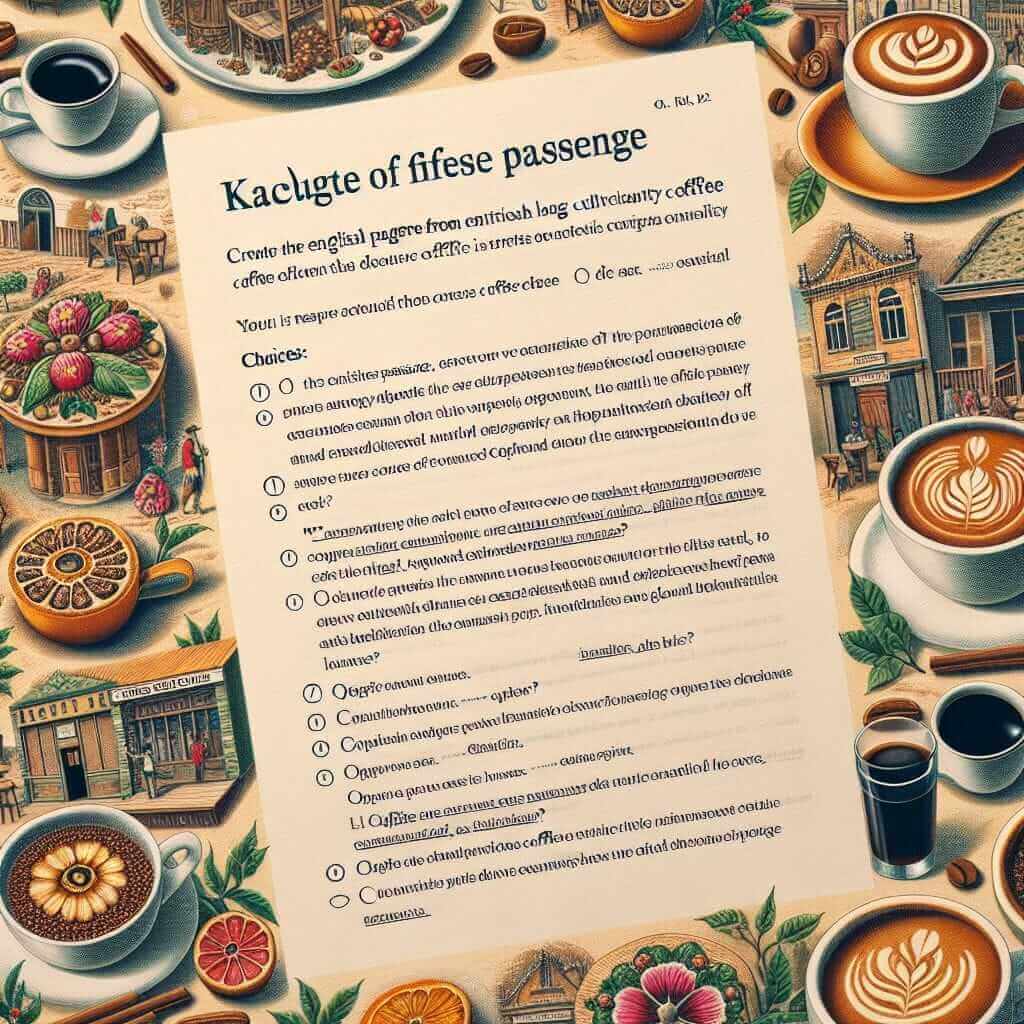As an IELTS instructor with over 20 years of experience, I’ve witnessed firsthand the struggles students face with the IELTS Reading test. Many learners, despite possessing a strong vocabulary and grammar foundation, find themselves overwhelmed by the volume and complexity of the texts. The key to unlocking success in this section lies not just in language proficiency, but also in mastering effective reading strategies. This article delves into proven techniques to enhance your reading comprehension and boost your IELTS Reading score.
Understanding the IELTS Reading Test
The IELTS Reading test assesses your ability to understand information presented in academic texts. You’ll be presented with three lengthy passages, each followed by 13-14 questions. Time is a significant constraint, with only 60 minutes to complete all three sections.
The texts are derived from books, journals, magazines, and newspapers, covering a range of topics from science and technology to history and culture. The question types are varied, including:
- Multiple Choice
- Matching Headings
- Sentence Completion
- Summary Completion
- True/False/Not Given
- Yes/No/Not Given
Effective Reading Strategies for IELTS
Mastering these strategies will not only help you locate information efficiently but also understand and interpret it within the context of the passage.
1. Skimming for the Gist
What is it? Skimming involves quickly glancing through the text to grasp its main idea and overall structure. Focus on the introductory and concluding sentences of paragraphs, headings, subheadings, and any keywords that stand out.
Why it’s important: Skimming provides a roadmap of the passage, allowing you to understand the flow of information and identify key sections relevant to the questions.
2. Scanning for Specific Information
What is it? Scanning is a targeted approach used to locate specific details like names, dates, statistics, or keywords mentioned in the questions. Your eyes should move quickly across the text, looking for these specific items.
Why it’s important: Scanning saves precious time by preventing you from reading the entire passage to answer each question.
3. Identifying Keywords and Paraphrasing
What is it? Keywords are the most important words or phrases that carry the core meaning of a sentence or question. Paraphrasing involves expressing the same idea using different words.
Why it’s important: IELTS passages and questions often employ synonyms and paraphrasing to test your comprehension beyond simple word recognition. Identifying keywords and understanding their paraphrased forms is crucial for locating correct answers.
4. Paying Attention to Sentence Structure and Grammar
What is it? Having a strong grasp of grammar, particularly complex sentence structures, is vital for deciphering the meaning of intricate sentences often found in academic texts.
Why it’s important: Understanding the grammatical relationship between clauses helps you accurately interpret the author’s intended meaning, which is crucial for answering questions, especially those involving inference and deduction.
5. Practice with Authentic Materials
What is it? Engage with materials similar to those used in the IELTS Reading test. This includes articles from reputable newspapers, journals, and books on academic subjects.
Why it’s important: Regular practice familiarizes you with the style, language, and complexity of IELTS reading passages. It also enhances your reading speed and comprehension over time.
Example from an IELTS Reading Passage
Let’s consider a sample question from an IELTS Reading passage about the history of coffee:
Passage Excerpt:
“Coffee, originally cultivated in Ethiopia, was consumed as early as the 11th century. Its popularity surged in the Arabian Peninsula, leading to the establishment of coffee houses known as ‘qahveh khanehs,’ which became centers for social interaction and intellectual discourse.”
Question:
Where did coffee houses first become popular?
A. Ethiopia
B. The Arabian Peninsula
Applying the Strategies:
-
Skimming: Quickly skimming the passage reveals that coffee originated in Ethiopia but gained popularity in the Arabian Peninsula.
-
Keywords: Identify “coffee houses” and “popular” as keywords in the question.
-
Scanning: Scan the passage for these keywords or their synonyms. You’ll find “coffee houses” and “popularity surged” in the same sentence, indicating the answer.
-
Answer: The correct answer is B. The Arabian Peninsula.

Tips for Success
- Manage your time effectively: Allocate equal time for each passage.
- Don’t spend too long on a single question: If you’re stuck, move on and return to it later if time permits.
- Practice active reading: Highlight key information, make notes in the margin, and try to summarize paragraphs as you read.
- Don’t rely solely on your existing vocabulary: Use context clues to infer the meaning of unfamiliar words.
- Familiarize yourself with different question types: Practice answering various question formats to build confidence.
Conclusion
The IELTS Reading test can be challenging, but with consistent effort and the right strategies, you can significantly improve your score. Remember to practice regularly, familiarize yourself with the question types, and apply the techniques discussed above. Focus on understanding the text rather than just finding keywords, and your ability to read effectively and achieve a high score will undoubtedly improve.